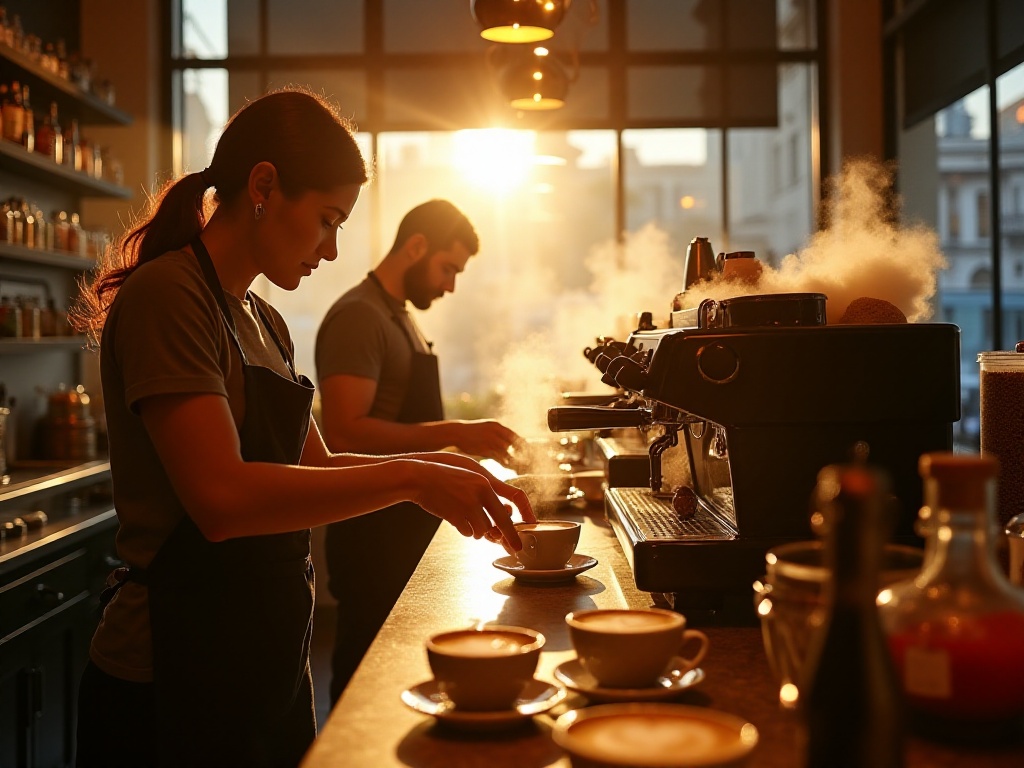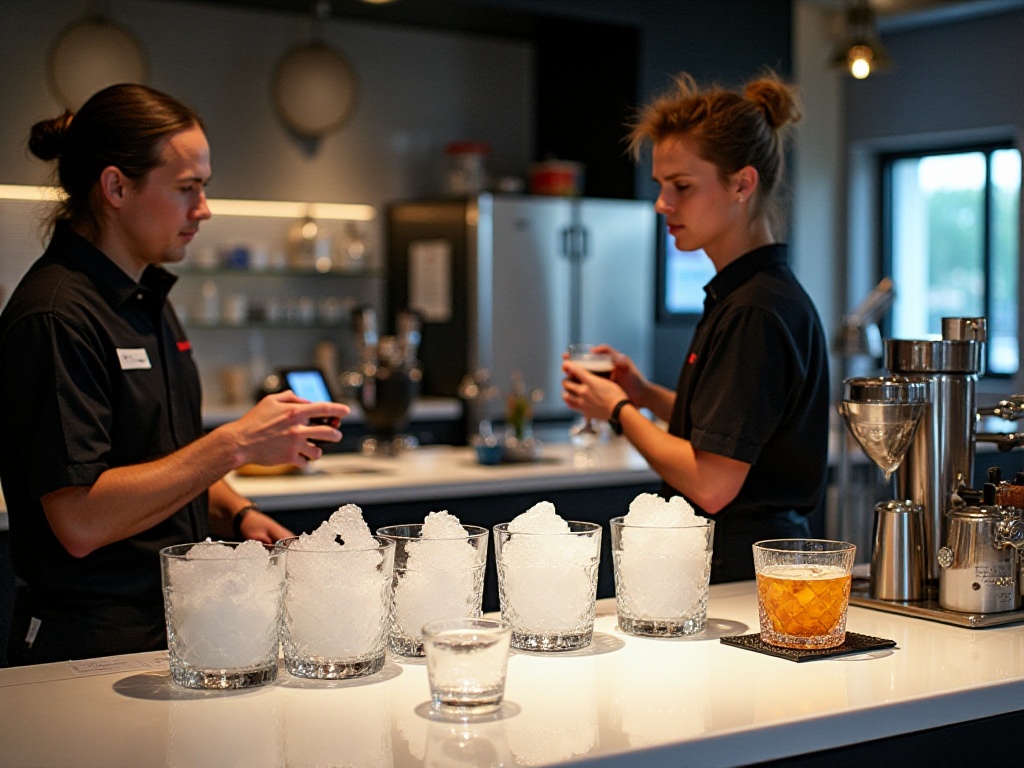
Introduction
Standing in front of the espresso machine, I often think back to when I first started with coffee. I was completely new then, couldn't even find the power switch on the coffee machine, let alone adjust pressure and control temperature. Every latte I made was either too weak or too bitter, with milk foam as thin as water - it was painful to look at. After countless failures and attempts, I can finally make a latte that satisfies me. Today, I want to share my experiences with you, hoping to help you avoid some detours.
Choosing the Right Equipment
When it comes to coffee equipment, it's truly a love-hate topic. I remember when I first started exploring coffee, seeing machines costing tens of thousands made my legs weak. After deeper research, I discovered that there's no need to pursue extremely expensive equipment. I started with a De'Longhi semi-automatic coffee machine that cost around two thousand, and while it didn't have all the features of top-end machines, it completely met daily needs.
The most important thing when choosing a coffee machine is whether it has a pressure gauge. The pressure gauge is like the machine's "ECG," letting you monitor pressure changes during extraction in real-time. Standard espresso extraction requires 9 bars of pressure, and this isn't arbitrary. I've experimented - at 7 bars, coffee tastes weak and lacks complexity; above 11 bars, it becomes extremely bitter with a burnt taste.
Besides the coffee machine, choosing a grinder is also crucial. I've used many grinders, from hundred-yuan hand grinders to thousand-yuan electric ones. Honestly, if budget allows, I recommend getting a professional electric grinder. While hand grinders are cheaper, their grinding consistency is often not ideal, and spending five minutes grinding beans every morning can really kill your coffee enthusiasm.
The most important feature of a good grinder is having enough grind size adjustment settings. My current grinder has 40 settings, which might sound excessive, but you really do use many different settings in practice. For instance, on cloudy versus sunny days, you might need to adjust 2-3 settings with the same beans to maintain consistent extraction time.
For accessories, a good tamper is essential. Many think a tamper just presses down coffee grounds, so a cheap one for a few dozen yuan will do. But actually, the tamper's weight and base flatness affect how evenly the coffee is compressed. I now use a 58mm professional tamper weighing around 500 grams - it feels great to use and ensures even compression of the grounds.
Don't forget to get an electronic scale for weighing. Many beginners like using scoops for coffee grounds, but this produces inconsistent results. An electronic scale allows precise control of ground coffee weight - generally, a double shot of espresso needs 18-20 grams of grounds. I personally prefer using 19 grams, which produces the most balanced taste on my machine.
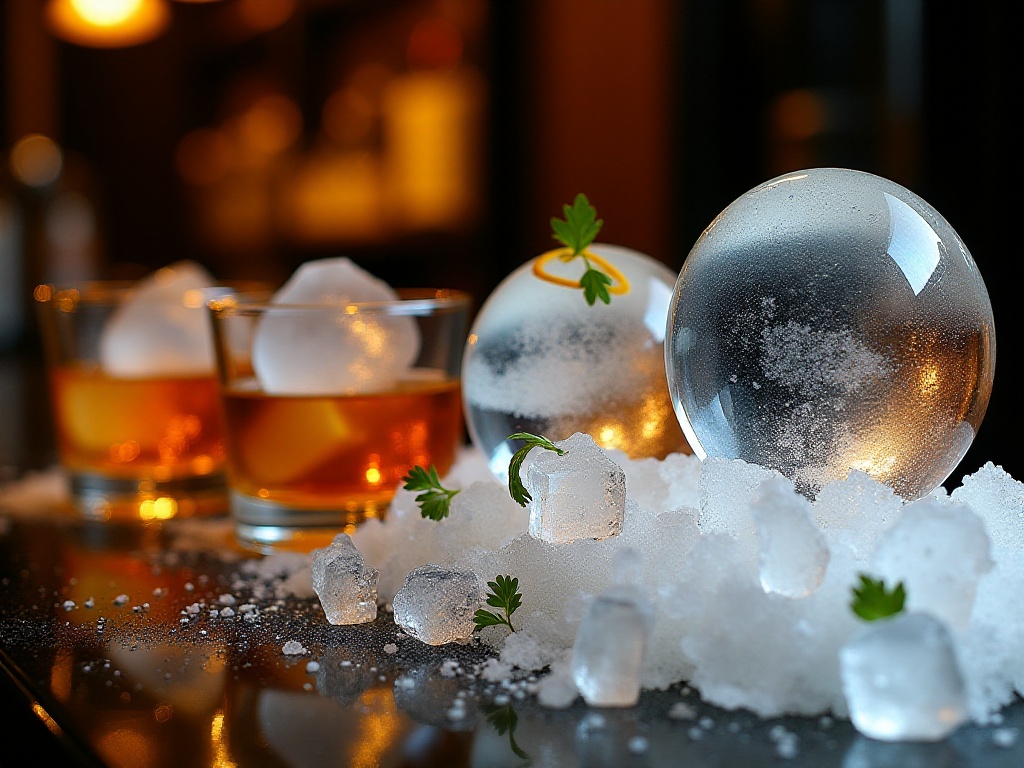
The Way of Coffee Beans
Choosing coffee beans is fundamental to making a good latte. Many think more expensive beans are better, but this view is misguided. I've tried many different-priced beans, from tens to hundreds of yuan per pound, and finally found that for lattes, the key is the roast level and origin characteristics.
Medium-roasted Brazilian and Colombian beans are ideal for lattes. Brazilian beans typically have distinct nutty and caramel notes that persist even after adding milk, and they react well with milk to create a unique caramel-milk flavor. Colombian beans often carry fruit and chocolate notes, especially those grown in the high-altitude Andes regions - you can still taste distinct fruit notes even after adding milk.
Regarding bean freshness, there's an interesting phenomenon. Coffee beans continuously release carbon dioxide after roasting, a process called "degassing." Freshly roasted beans contain large amounts of CO2, which can affect water contact with the grounds if used immediately, leading to uneven extraction. However, if beans are stored too long, their aroma will be lost. From my experience, the optimal period for using coffee beans is 3-14 days after roasting.
Storing coffee beans is also an art. Many like storing beans in the refrigerator, thinking it keeps them fresh. However, the refrigerator environment makes beans absorb other food odors, and condensation forms when removed, affecting grinding. The best storage method is using specialized airtight containers in a cool, dry place. I use a container with a one-way degassing valve, which allows CO2 to escape while preventing air from entering.
Coffee beans from different origins also change flavor with seasons. For example, my favorite Brazilian beans have distinct citrus notes when harvested in summer, while winter harvests tend more toward cocoa flavors. These subtle differences make coffee more interesting. I've developed a habit of recording origin and roast dates when buying beans, gradually discovering characteristics of beans from different periods.
Grinding Techniques
Coffee grinding is particularly precise work, arguably one of the key steps in making good coffee. Many might think grinding is just breaking beans into pieces, but there's much more to it. First is the grind size issue, which really needs practice to master. I usually use granulated sugar particle size as a reference, but this is just a rough standard.
Different coffee machines require different grind sizes. For instance, the De'Longhi machine I used needed relatively coarser grounds, while E61 head machines need finer grounds. This is because different machines have different extraction pressures and water flow characteristics. Finding the right grind size requires constant testing - I generally adjust based on achieving a 25-30 second extraction time.
Weather greatly affects grinding. In humid weather, grounds absorb moisture from the air, leading to longer extraction times. From my observation, every 10% increase in humidity adds about 0.5 seconds to extraction time. So during rainy seasons, I adjust the grind 1-2 settings coarser to maintain stable extraction time.
Grinding uniformity is also important. If particles are uneven, small particles over-extract producing bitterness, while large particles under-extract causing sourness, resulting in confused flavors. A good grinder should ensure over 90% particle size consistency. I chose my current grinder for its grinding uniformity - though expensive, it's very reliable.
Another often overlooked detail is static electricity. Coffee grounds generate static during grinding, causing powder to stick to the grinder's output and collection bin. This not only wastes coffee but affects next grinding's accuracy. The solution is adding 1-2 drops of water to the beans, which effectively reduces static. But be careful not to add too much water, as it affects grinding performance.
Freshly ground coffee should be used immediately, as aromatics quickly dissipate when exposed to air. If you have leftover grounds, store them in an airtight container and use within 24 hours. I always grind fresh for each use - though more troublesome, it ensures the best flavor.

Temperature Control
Temperature control is another crucial factor in making good coffee. Many don't know that water temperature decisively affects coffee extraction. The ideal extraction temperature is 92-96 degrees Celsius, which maximally extracts coffee aromatics and flavor compounds without burning the grounds.
If your machine doesn't display temperature, you can use some tricks to judge water temperature. For example, wait about 10 seconds after the brew button light comes on before starting extraction. This is because most machines' heating systems continue heating briefly after reaching the set temperature - waiting 10 seconds lets temperature stabilize in the optimal range.
Preheating the machine is also important. I usually turn on the machine half an hour before use, letting the entire machine thoroughly preheat. Especially the metal brew head and filter basket - if not hot enough, extraction temperature drops. You can touch the filter basket - if it feels warm, it's about ready. Some people rinse the filter basket with hot water to speed up preheating - also a good method.
Room temperature affects machine temperature too. In winter, machines might need longer preheating. I've found that when temperature is below 15 degrees, preheating should extend to 45 minutes. In summer, 25-30 minutes of preheating is enough.
Temperature stability is also important. Good machines should maintain stable temperature throughout extraction. If temperature fluctuates, extraction becomes uneven. My current machine has a PID temperature control system that keeps temperature fluctuation within plus or minus 1 degree, ensuring extraction stability.
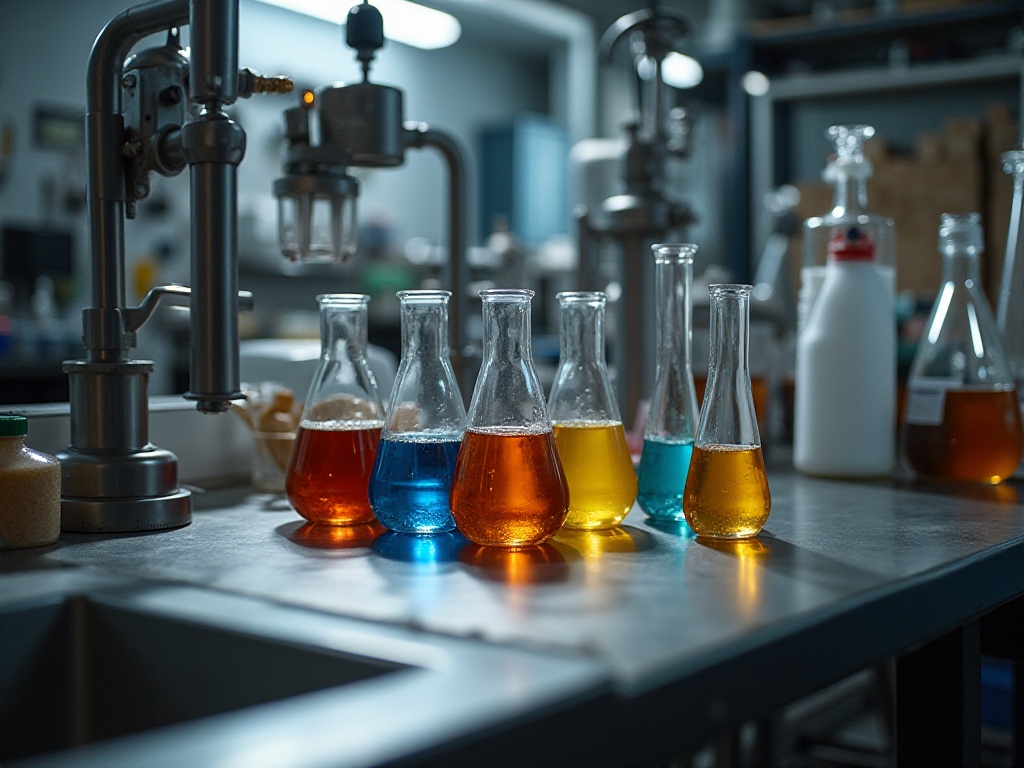
Milk Steaming Technique
Steaming milk might be the hardest skill to master in making lattes. Many think you just insert the steam wand into milk and heat it, but there's much more to it. First is milk selection - I recommend whole milk, as higher fat content makes finer milk foam and creates a smoother mouthfeel.
Milk temperature control is crucial - optimal temperature is 60-65 degrees Celsius. Above this, milk proteins denature, losing sweetness and developing an overcooked taste. Without a thermometer, you can judge temperature by touching the pitcher - when it feels hot but you can still hold it for 3 seconds, the temperature is about right.
Steaming posture is also key. The steam wand should be slightly angled, inserted into the pitcher at about 45 degrees. Initially place the wand tip about 1cm below the milk surface to introduce appropriate air, forming fine foam. When milk reaches 30-35 degrees, lower the wand while creating a whirlpool motion. This process makes foam finer, creating a silk-like texture.
Pitcher selection matters too. Different capacity pitchers suit different milk volumes. Generally, pitcher capacity should be double the milk volume needed, allowing enough space for milk to whirlpool. I usually use a 350ml pitcher for 180ml milk - this ratio works best.
Use steamed milk immediately, as foam starts separating over time. If you see large bubbles, gently tap the pitcher on the counter or swirl to reintegrate the foam. Good milk foam should shine like wet paint, flow as one when the pitcher is swirled, without obvious separation.

Pouring Art
Pouring steamed milk into coffee is an art. Many beginners spill milk foam everywhere, actually because they haven't mastered correct pouring technique. First, tilt the coffee cup about 15 degrees. Start pouring with the pitcher about 10cm above the coffee surface, allowing milk foam and coffee to mix thoroughly.
As you pour, gradually lower the pitcher height while controlling pour speed. This process should be smooth and continuous, not intermittent. When the cup is almost full, quickly move the pitcher to create beautiful patterns on the coffee surface. Though it looks simple, it really needs lots of practice.
I notice many people like pouring back and forth, ruining previous patterns. Actually, the most important thing in pouring is keeping your hand steady with fluid movement. I usually choose one direction, like starting from 6 o'clock position and slowly moving toward 12 o'clock. This can create beautiful leaf or heart patterns.
Temperature affects latte art too. If coffee is too hot or milk foam too cool, it's hard to create clear patterns. Ideally, coffee and milk foam temperatures shouldn't differ too much - this lets milk foam stay on the coffee surface long enough to form beautiful layers.
Common Problems
Various problems often arise when making lattes. Most common is coffee being too bitter. 90% of the time this comes down to extraction time. Standard espresso extraction should be 25-30 seconds - exceeding this leads to over-extraction, causing bitterness.
If coffee tastes particularly bitter, first check if the grind is too fine. Too-fine grounds increase extraction time, causing too many bitter compounds to be extracted. Also check tamping pressure - pressing too hard also lengthens extraction time. Generally, tamping pressure around 15-20 kilograms is appropriate.
Another common issue is weak coffee. This might be from too little coffee grounds or too coarse grinding. A double shot usually needs 18-20 grams of grounds - insufficient amount indeed affects flavor. If grind is too coarse, water passes through grounds too quickly, causing under-extraction.
Sometimes coffee taste fluctuates - this often comes from poor temperature control. If machine temperature is unstable, each extraction's conditions differ, naturally preventing consistent taste. The solution is ensuring thorough machine preheating and maintaining stable temperature during use.
Milk foam problems are also common. Some people's foam comes out huge, like bubble bath foam. This usually happens from introducing too much air initially. The correct method is only briefly exposing the steam wand above milk surface at start, then keeping it fully submerged.
People also report latte art failures. Besides technique, milk foam texture is crucial. Good foam should shine like wet paint - if too dry or thin, it's hard to create beautiful patterns. This needs attention to foam texture during steaming.
Advanced Techniques
After mastering basics, try some advanced techniques. For instance, experiment with different temperature milk when steaming. I found 4-degree cold milk indeed makes finer foam than room temperature milk. This is because protein structure is more stable at low temperatures, forming more uniform bubbles.
Try different coffee-to-milk ratios. Traditional latte is 1 part espresso to 3 parts milk, but adjust to personal preference. I prefer 1:2 ratio, better tasting coffee flavors.
Temperature can be played with too. Sometimes I steam milk to around 45 degrees - tastes more refreshing with more prominent coffee aroma. In summer, try iced lattes. But note ice dilutes coffee - better use coffee ice cubes to maintain flavor.
Different origin beans bring different taste experiences. Ethiopia Yirgacheffe with milk has unique floral and citrus notes, while Indonesian Mandheling brings rich chocolate flavor. Try different beans to discover more coffee possibilities.
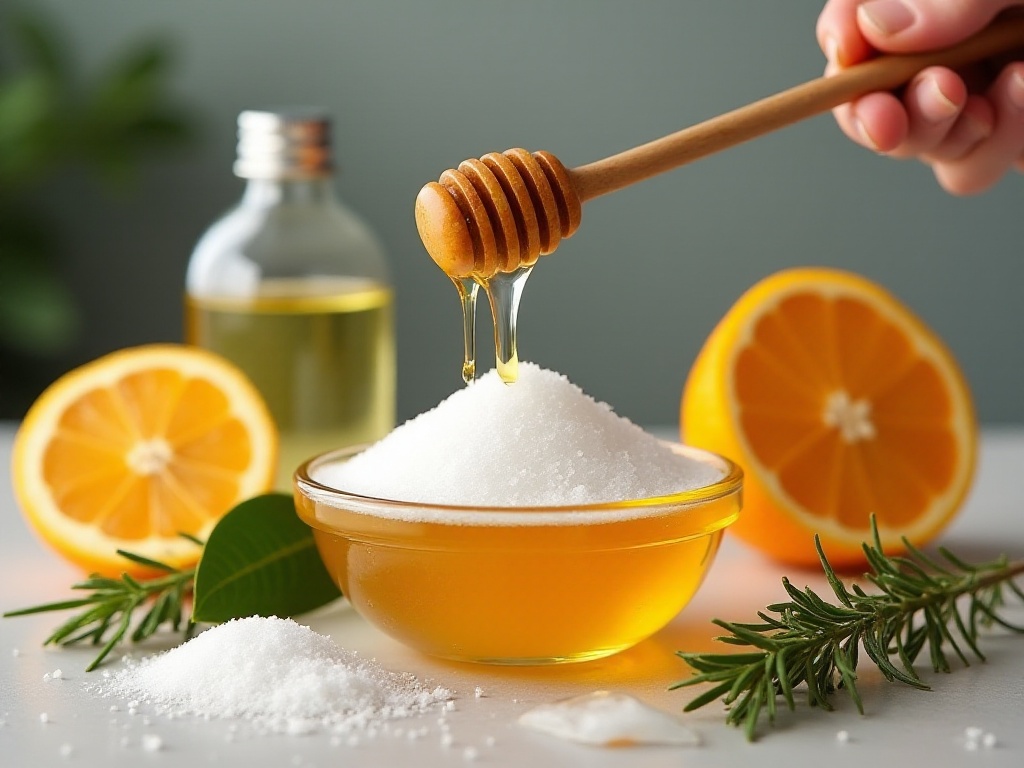
Final Reflections
After years of exploration, I increasingly feel making coffee is like life - requiring patience and focus. Every detail matters, from bean selection, grinding to extraction, steaming - each step affects the final product. But most important is maintaining passion for coffee, continuously trying and learning.
Many might think making coffee is particularly troublesome, but I find the process itself interesting. Standing before the coffee machine each morning, hearing it operate, smelling coffee's aroma, feels completely awakening. Plus, self-made coffee brings special satisfaction.
Actually, coffee-making's greatest challenge is finding your preferred taste. Different people have different coffee preferences - some like strong, others refreshing. So while learning others' experiences, experiment more to slowly find your own coffee style.
Over these years, I've experienced many failures, discarded countless unsatisfactory cups. But these experiences gave me deeper coffee understanding. Each time I drink a satisfying self-made latte, all previous effort feels worthwhile.
Coffee's world is truly wonderful, always something new to learn. Hope these experiences help you avoid some detours on your coffee journey, and hope you find your perfect latte.
Next
Building Your Healthy Lifestyle from Scratch: An Easy Wellness Guide for Lazy People
A comprehensive guide to healthy lifestyle practices covering nutrition management, exercise, and rest, along with detailed beverage manufacturing standards including formula development, raw material management, production processes, and quality control measures
The Ultimate Guide to Being Lazy in the Kitchen: How to Fit an Elephant in the Fridge
A comprehensive guide covering life efficiency enhancement and professional beverage making techniques, including home organization, kitchen optimization, scientific ice application, and essential elements of drink development
I Developed Hundreds of Trending Beverages - Here Are the Essential Preparations You Must Make
A comprehensive guide covering essential aspects of professional beverage making, including market research, recipe development, process control, and operations management to enhance product quality and operational efficiency
Next

Building Your Healthy Lifestyle from Scratch: An Easy Wellness Guide for Lazy People
A comprehensive guide to healthy lifestyle practices covering nutrition management, exercise, and rest, along with detailed beverage manufacturing standards including formula development, raw material management, production processes, and quality control measures

The Ultimate Guide to Being Lazy in the Kitchen: How to Fit an Elephant in the Fridge
A comprehensive guide covering life efficiency enhancement and professional beverage making techniques, including home organization, kitchen optimization, scientific ice application, and essential elements of drink development
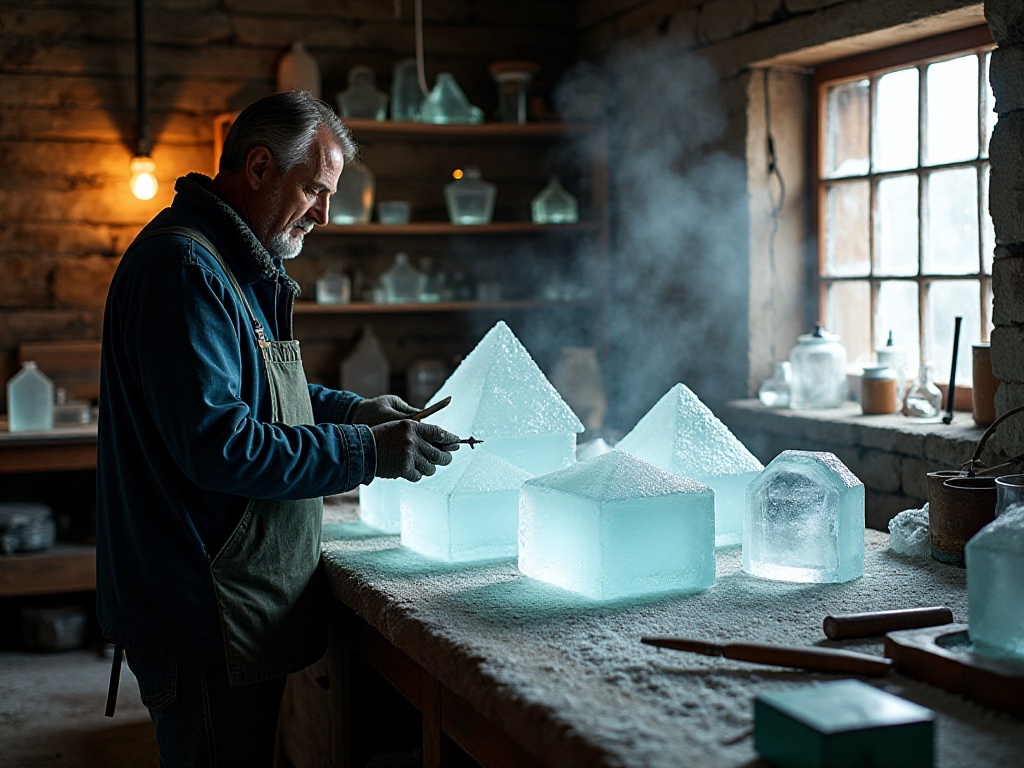
I Developed Hundreds of Trending Beverages - Here Are the Essential Preparations You Must Make
A comprehensive guide covering essential aspects of professional beverage making, including market research, recipe development, process control, and operations management to enhance product quality and operational efficiency

